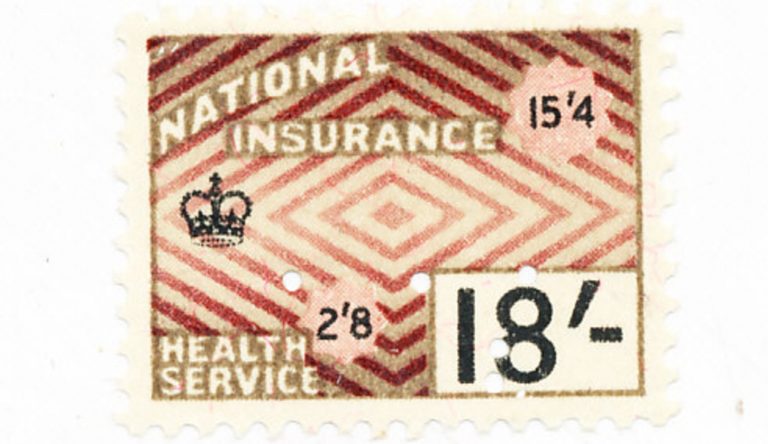
Are you self-employed and wondering about National Insurance? Don’t worry, we’ve got you covered! Let’s dive into the world of National Insurance contributions (NIC). For those of you who’ve been around as long as I have, it used to be called “Stamp”.
But it no longer goes into a ring-fenced pot to support healthcare and social security. So, in my humble opinion, we should just merge it with Income Tax and stop pretending they’re two different things.
Who pays National Insurance?
First things first, if you’re self-employed, you (probably) need to pay NIC. But fear not, we’ll break it down for you. If once you’ve read this article and still have questions, head over to the Contact page and give our personal tax manager Mark Ferbert a call.
And don’t forget this is IN ADDITION to Income Tax. Hence you’ll see why accountants talk about tax rates of (say) 26% instead of the gov’t who refer to it as just 20%, conveniently forgetting about the 6% NI contributions you’ll make.
Oh, and for all this talk of “contributions”, please be under no illusion that this is somehow voluntary. It’s just tax with a different name. Although we do have a few tricks up our sleeves to help you make the most of any allowances and exemptions.
If you’ve only got employment income, then you don’t pay 4 NIC. But, fear not, there’s a special class of NIC with your name on it (Class 1), and you’ll see the deductions on your payslip.
What’s with all these Classes?
Class 1 is for employees, and until 2024 there was also a Class 2, which was a fixed amount of around £3.50 per week. This means self-employed people only need to worry about Class 4.
Class 4 NIC is is based on your self-employed profits. Only if your profits exceed around £12,500 per year will you owe any Class 4 NIC. Although if you’re retired or under 16, you may be exempt from paying this altogether.
There’s also a Class 3. But that almost never applies. Call me if you’re worried it might.
What’s the damage?
Once your profits go over £12.5K, you’ll be asked to shell out 6% of all your profits above this point, until you earn more than £50K. (This used to be 9% until 2024).
Beyond £50K, you’d surely expect the rate of NIC to increase. After all, Income Tax jumps from 20% to 40%. But here’s the odd thing: it doesn’t – it falls to just 2%.
So for example, if you make £50K, you’ll pay Class 4 NIC of about £2,250. But, earn £100K and your Class 4 bill won’t double. In fact, it’ll rise to ‘only’ £3,250. So that’s nice.
What if I have other income?
If you’re not just self-employed – perhaps you’ve also got a day job at the same time – then the interaction between different income sources gets quite interesting. You’ll already be paying Class 1 NIC through your payslip, so you might end up overpaying Class 4 if you’re not careful.
For example, if you have £50K self-employed income and £50K employed income, you’ll normally end up paying NIC at the higher rates in both jobs, and never getting to enjoy the 2% rate that you’d get if all £100K was from the same source.
You can bet HMRC aren’t going to help you on this, but the good news is, as part of our work in your year-end tax return, we’ll look at the NIC due on all your income sources and, if applicable, we’ll make sure you don’t pay more than you need to.
But if you’ve previously completed your own return and are worried you didn’t claim this relief, get in touch.
How do I pay my NIC?
Paying your NIC is a breeze. You pay Class 4 annually through your Self Assessment Tax Return. This means that you don’t have to guess in advance what your profits are going to be, before working out if you need to pay it.
We’ll collate everything at the end of the year and work out what’s best for you.
It’s added on top of your Income Tax and comes out as a single figure to send to the nice people at HMRC each January. And if you’re making payments on account, Class 4 is also included in these.


